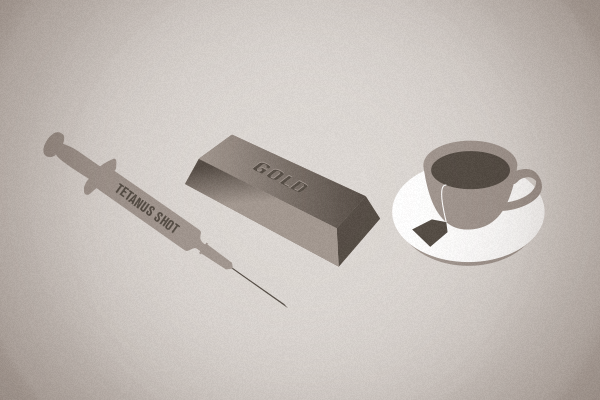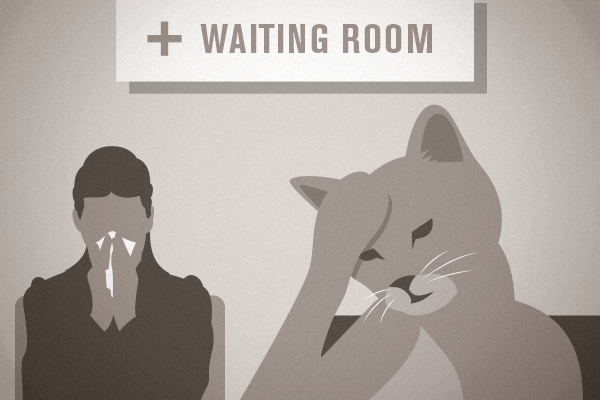This new post from the Atlantic is worth a read. The deadline for Obamacare enrollment is creeping up on us. Are Americans going to be able to wrap themselves in double-thick red tape? Who knows? However, this piece brought something else to our attention–the law surrounding pre-existing conditions.
Patients who have a pre-existing condition must sign up for an exchange plan by the end of the year (Jan. 1, 2014) in order to qualify for the unmodified fees.
As you know, we take a somewhat unbiased approach to the exchange. Yes, we think it might be one step forward, two steps back, but we’ve said it many times–if Americans can get more affordable wrap-around coverage, excellent. Only problem now is that people with obesity, diabetes, cancers and other serious conditions will only have a tiny window of opportunity to find an approved plan. And being as healthcare.gov is comfortably dysfunctional, this isn’t looking good.
And not to use fear tactics, but the fact is that many doctors don’t want to accept the exchange plans because of concern they themselves won’t be fairly compensated. This makes for an unfortunate conundrum: If someone has diabetes, they are A) running out of time to get fairly priced insurance and B) if they do acquire it, doctors might not accept it.
READ THE COMPLETE POST FROM THE ATLANTIC

